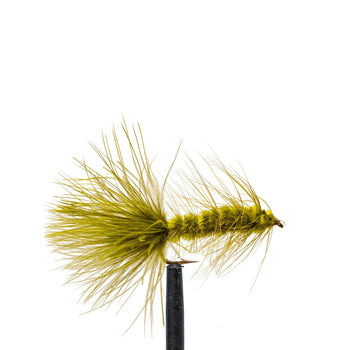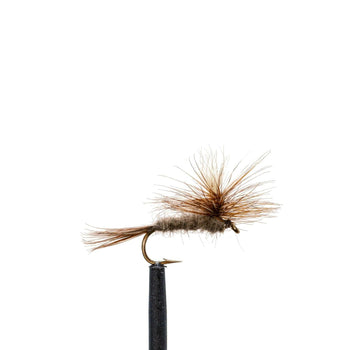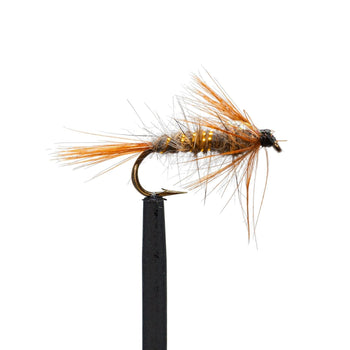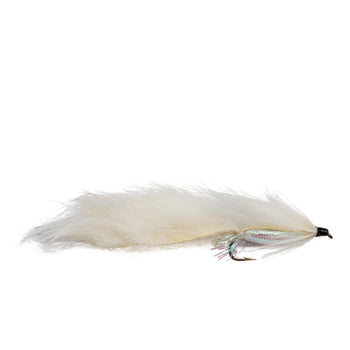Transitioning Tactics: A Guide to Fall Fly Fishing and 5 Flies to Make Your Autumn Angling Unforgettable

As summer fades into crisp mornings and golden afternoons, fall brings a new kind of magic to the water. Cottonwoods turn gold, the air carries a chill, and trout feed with a renewed urgency before the long winter ahead. For fly anglers, autumn is not just beautiful—it’s one of the most productive seasons of the year.
Unlike the slower, sun-drenched rhythm of summer, fall fishing demands subtle adjustments in how you read the water, select your flies, and present your casts. Cooler temperatures,table lower flows, and a shifting insect menu call for refined tactics and smart fly choices. Here’s how to make the most of every fall day on the water.
Seasonal Tactics for Autumn Success: A Seasonal Comparison
1. Follow the Food
Fall: As trout bulk up for winter, they target calorie-rich food sources—stonefly nymphs, baitfish, and eggs. Focus on riffles, tailouts, and undercut banks where aquatic life is abundant. Brown trout, in particular, become aggressive as they prepare to spawn.
Summer: Fish tend to spread out in shallower, shaded water where hatches are thick and food is abundant. Selectivity is higher, and lighter presentations often matter more.
📌 Pro Tip: Carry both attractor nymphs and small streamers. Start your day with nymphs in runs and transition to streamers as the sun gets low.
2. Stealth Still Matters
Fall: Clearer water and calmer flows make fish more wary. Approach slowly, wade quietly, and use longer leaders with lighter tippet (5X–6X for dries, 4X–5X for nymphs). Keep false casts to a minimum.
Summer: Algae blooms and higher turbidity allow for a bit more forgiveness—but good habits never hurt.
📌 Pro Tip: When sight-fishing, kneel to reduce your profile. Polarized glasses with copper or amber lenses improve depth perception and fish spotting in low fall light.
3. Watch the Water Temperature
Fall: As nights cool, water temps stabilize in the prime 50–60°F range, keeping fish active throughout the day. As temps drop further into the 40s, slow your drift and focus on deeper pools.
Summer: Warm water stresses trout. Early mornings or late evenings are best, and handle fish carefully to minimize stress.
📌 Pro Tip: Bring a stream thermometer. When temps fall below 45°F, switch to slow presentations and focus on deeper holding lies.
4. Match the Hatch (and Beyond)
Fall: Expect smaller mayflies (Blue-Winged Olives, Mahogany Duns), caddis, and midges. Add egg patterns and streamers to your box—two of fall’s most productive categories.
Summer: Terrestrials (hoppers, ants, beetles) dominate, often bringing explosive surface eats during hot afternoons.
📌 Pro Tip: Combine a dry like a Parachute Adams with a small dropper nymph (e.g., Flashback Hare’s Ear) for the perfect fall transition rig.
5. Adapt Your Casts
Fall: Leaves and debris can litter the surface, so aim for roll casts or reach casts to minimize snags. Keep an eye on wind direction—gusty fall breezes can turn a long cast into a tangle.
Summer: With open canopies and steady water levels, traditional overhead and long-distance casts are easier to manage.
📌 Pro Tip: Don’t force distance. Accuracy and stealth win far more fall fish than long hero casts.
By understanding these nuances between fall and summer fishing tactics, you can adapt your approach to make the most out of your time on the water, no matter the season.
Top 5 Flies for Fall Fly Fishing
Each of these proven fall performers covers a key food source—nymphs, dries, streamers, and eggs—to help you match the season’s changing menu.
1. Woolly Bugger (Sizes 4-10): A true all-season classic, the Woolly Bugger imitates everything from leeches to baitfish. Use it when fish are chasing big meals. Strip it slowly along banks or through pools to trigger aggressive strikes.
- When to Use: This is a great all-around fly that works throughout the fall season, especially when fish are less selective.
- How to Use: Cast upstream and allow it to drift naturally through the current, mimicking the movement of a leech or small fish.
- Why It’s Great: The Wooly Bugger's versatility enables it to simulate a wide range of food sources. This makes it a go-to fly in the fall when fish are feeding aggressively to build energy reserves for the winter.
2. Parachute Adams (Sizes 14-20): Ideal for crisp afternoons when trout rise to Blue-Winged Olives or midges. Its high-vis post and perfect float make it easy to track through glare and soft light.
- When to Use: Best for clear days when you see fish actively rising to the surface, indicating they're feeding on airborne insects.
- How to Use: Aim for a natural drift over the target area, typically where you see fish rising.
- Why It’s Great: The Parachute Adams excels at simulating midges and mayflies, which continue to hatch in the fall. Its design allows for a natural float, making it irresistibly lifelike to fish.
3. Egg Patterns (Sizes 10-16): Fall is spawning season—brown and brook trout both drop eggs, and other fish key in fast. Drift these through deep runs behind redds or in soft tailouts.
- When to Use: Use this fly during spawning seasons in the fall, especially when you know fish like trout and salmon are laying eggs.
- How to Use: Cast into deep pools and runs, allowing the egg pattern to sink close to the bottom.
- Why It’s Great: Fish focus heavily on eggs as a food source in the fall due to the spawning season. This fly taps into that natural feeding behavior.
4. Flashback Hare's Ear (Sizes 12-18): A versatile nymph that imitates everything from caddis larvae to mayfly nymphs. Fish it under an indicator or as the dropper in a hopper-dropper setup.
-
When to Use: Ideal for days when fish are less active on the surface, typically when the weather is cooler.
-
How to Use: Employ a sink-tip line to ensure the nymph gets down to where the fish are holding in deeper pools and runs.
-
Why It's Great: The Hare's Ear Nymph is a versatile fly that mimics a range of aquatic life stages. This makes it particularly effective in the fall when fish are less choosy about their diet.
5. Zonker (Sizes 4-8): When big browns are on the move, few patterns outperform the Zonker. The rabbit-strip body breathes with every twitch, imitating a wounded baitfish to perfection.
-
When to Use: Best used when targeting larger, more aggressive fish, which are more common in the fall as they feed to prepare for winter.
-
How to Use: Cast across the current and retrieve the streamer in quick, short strips to simulate the erratic movement of a wounded baitfish.
-
Why It's Great: In the fall, predatory fish are keen on chasing bigger meals like baitfish. The Zonker Streamer excels at triggering these aggressive feeding behaviors.
📌 Pro Tip: Rotate through sizes and colors as conditions change. Olive and black dominate clear water, while white or yellow shine in stained or overcast conditions.
Recommended Gear for Fall Fly Fishing
Before heading out, make sure your fall kit is dialed in. Cooler weather and shifting hatches mean adaptability is key.
- JHFLYCO Standard Dry Fly Box – Organize your midges, BWOs, and caddis patterns.
- JHFLYCO Hopper Dropper Fly Box – Perfect for dry-dropper setups and transitional rigs.
- JHFLYCO Standard Nymph Fly Box – Keep your beadhead and tungsten nymphs ready for quick swaps on the water.
Taking It to the Water
Fall fly fishing rewards the angler who embraces change—cooler water, shifting hatches, and feeding fish ready to strike. Whether you’re swinging a Woolly Bugger through a deep pool or dropping a Hare’s Ear beneath a dry, the key is adapting with the season.
So pack your gear, grab a thermos of coffee, and watch your breath rise over the river at first light—because fall may just be the most unforgettable time of year to chase trout.












